Top Places Tourists Will Avoid Visiting The Most In 2025
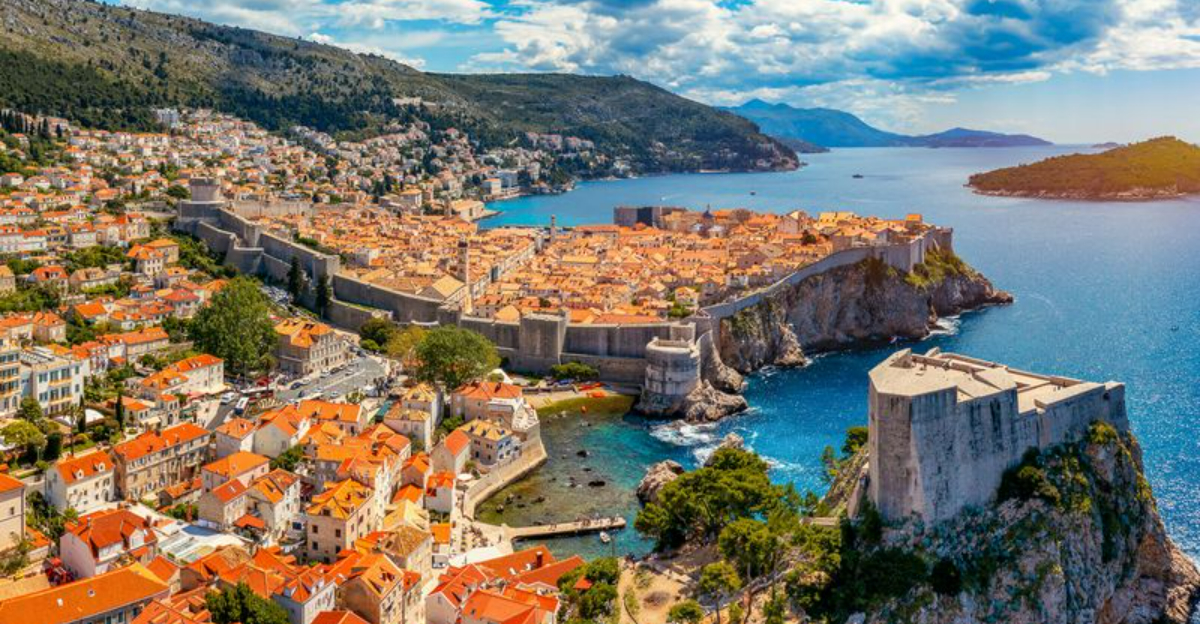
Travel trends are shifting dramatically as we approach 2025, with many once-popular destinations falling out of favor with tourists. Environmental concerns, overcrowding, and changing travel preferences are reshaping the global tourism map.
Travelers are increasingly seeking authentic experiences away from the Instagram hotspots that dominated the last decade. Here’s my prediction of ten places that tourists will actively avoid in 2025.
1. Venice, Italy
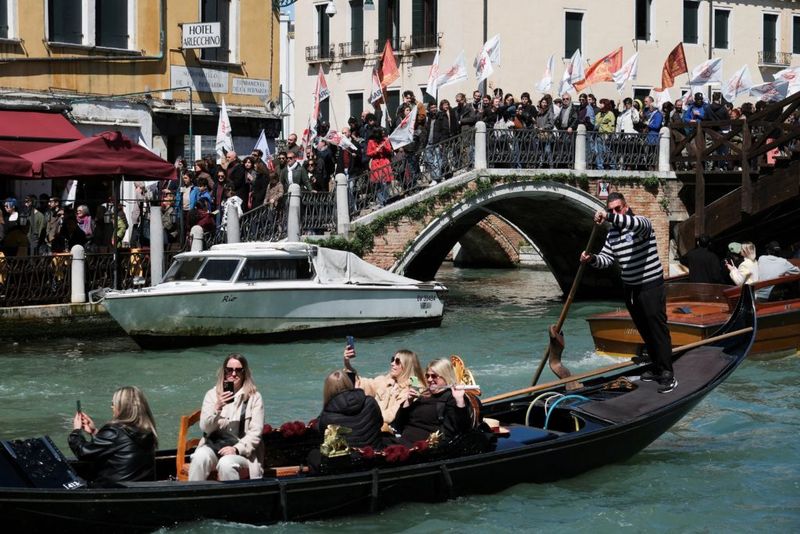
The floating city is sinking under tourism pressure. Local authorities have implemented strict entry fees and visitor quotas that make spontaneous trips nearly impossible. Many travelers report feeling unwelcome amid growing anti-tourist sentiment from residents tired of their city becoming a theme park.
The famous canals now suffer from pollution and congestion, with gondola rides costing upwards of €150 for a brief, crowded experience. Authentic Venetian culture has largely retreated from the historic center, leaving behind souvenir shops and overpriced restaurants catering exclusively to one-day visitors.
2. Barcelona, Spain

Graffiti reading “Tourists Go Home” has become a common sight throughout Barcelona’s once-welcoming streets. The city’s relationship with tourism has soured dramatically, with locals staging regular protests against vacation rentals that have driven up housing costs by over 40% since 2020.
Famous attractions like La Sagrada Familia and Park Güell now require bookings weeks in advance and have implemented hefty price increases targeted at non-residents. The beachfront, once a major draw, suffers from overcrowding and increasing pollution, making the Mediterranean experience far less appealing than brochures suggest.
3. Amsterdam, Netherlands
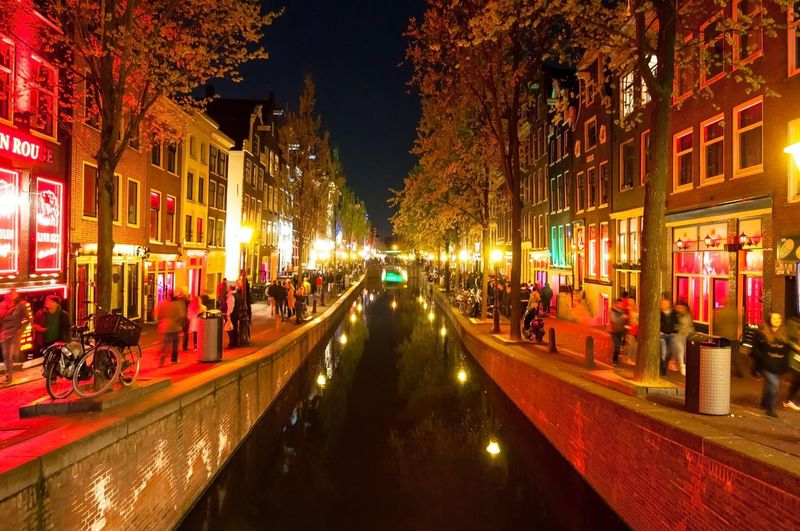
Remember those charming canals and cozy coffee shops? They’re now overwhelmed by bachelor parties and weekend revelers. Amsterdam’s government has launched aggressive campaigns specifically designed to discourage certain tourists from visiting, with slogans like “Stay Away” targeting young British men.
The red light district is being systematically dismantled and relocated, disappointing those seeking the city’s famous liberal atmosphere. Strict new regulations on cannabis sales and consumption have removed much of the appeal for certain visitors, while skyrocketing accommodation costs have priced out budget travelers entirely.
4. Paris, France
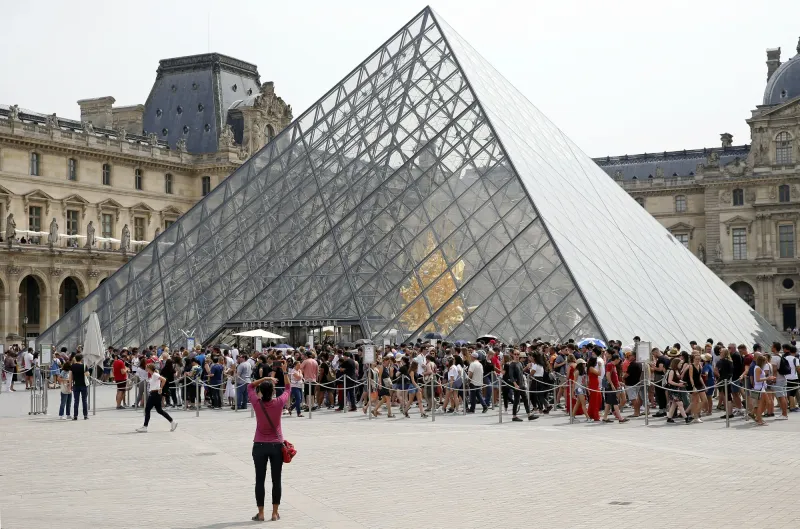
Following the 2024 Olympics, Paris has experienced severe tourism fatigue. Many landmarks now enforce strict visitor caps, with the Eiffel Tower requiring reservations months in advance. The romantic image of Paris conflicts sharply with the reality of hour-long queues and security checkpoints at every major attraction.
Parisians, never known for patience with tourists, have become increasingly vocal about reclaiming their city. The Seine River, once a highlight of any visit, faces environmental challenges that have made river cruises less appealing. Many visitors report disappointment with the disconnect between Paris’s glamorous reputation and its overcrowded reality.
5. Rome, Italy
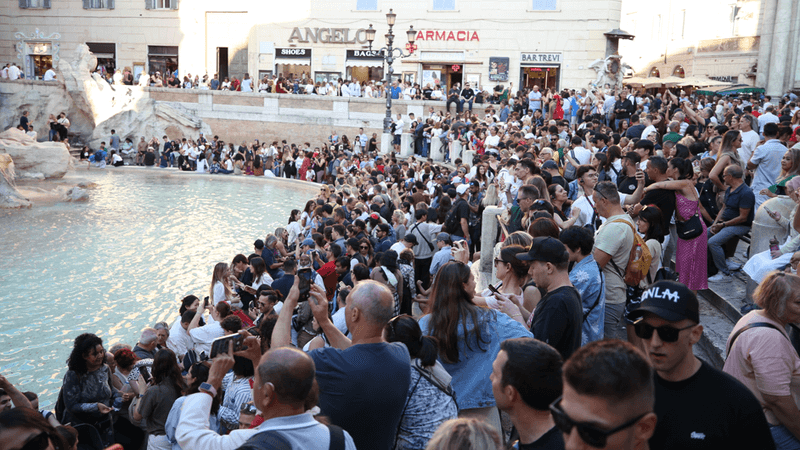
The Eternal City is eternally packed these days. New regulations prohibit sitting on the Spanish Steps or eating near monuments, with hefty fines for violations that have caught many tourists by surprise. Visitors report spending more time queuing than actually experiencing Rome’s historical treasures.
Summer temperatures have become increasingly unbearable, regularly exceeding 40°C (104°F), making outdoor sightseeing dangerous during peak months. Water shortages have become common, affecting hotels and restaurants. The combination of climate challenges, overcrowding, and strict new visitor rules has significantly diminished Rome’s appeal to all but the most determined tourists.
6. London, United Kingdom
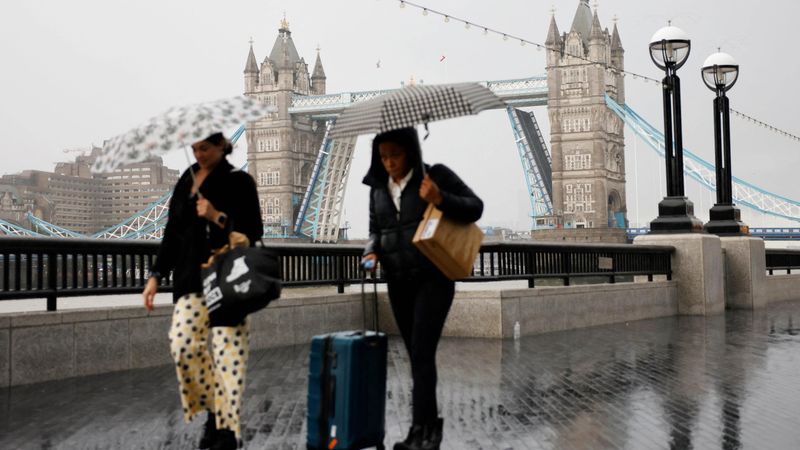
Brexit’s long-term effects have made London substantially less appealing to international visitors. Complicated visa requirements and border controls have replaced the once-simple entry process for European travelers. The pound’s volatility has made budget planning nearly impossible for foreign visitors.
London’s famous attractions now come with eye-watering price tags – a family of four can expect to spend over £500 for a single day of sightseeing at major landmarks. The city’s notorious weather seems to have worsened, with increased flooding and transportation disruptions. Many travelers now view London as offering poor value compared to alternative European capitals.
7. Santorini, Greece
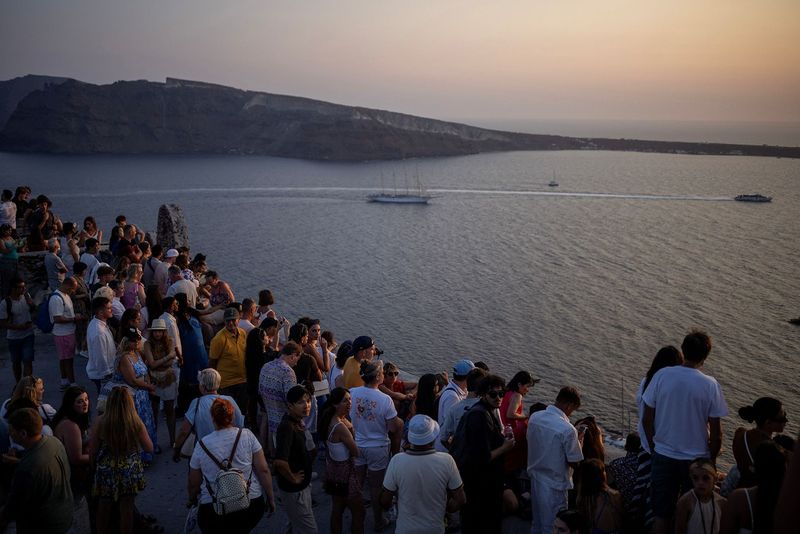
Those perfect white buildings with blue domes? Now you’ll need to join a lottery system just to photograph them without crowds. Santorini has implemented strict daily visitor caps that have made spontaneous visits virtually impossible, especially during summer months.
Water scarcity has become a critical issue, with hotels implementing strict usage limits that surprise unprepared guests. The island’s infrastructure struggles to support even current tourist levels, with frequent power outages during peak season. Many visitors report feeling deceived by Instagram-versus-reality comparisons, finding the actual experience far less idyllic than social media suggests.
8. Dubrovnik, Croatia
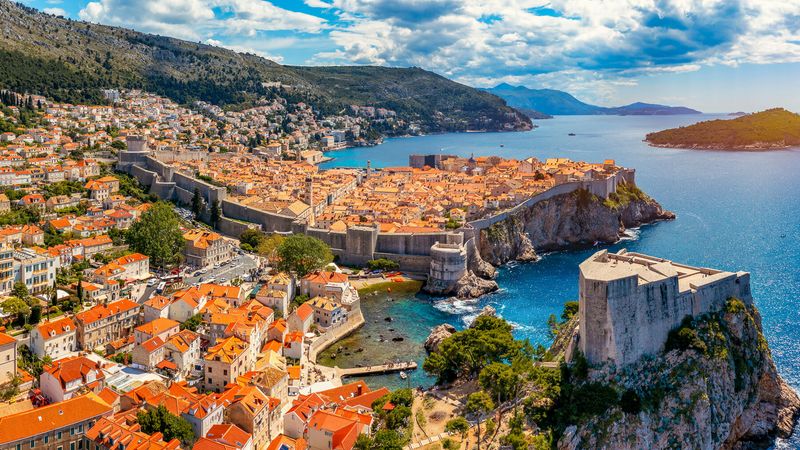
Game of Thrones fans have discovered that King’s Landing is actually a tiny walled city unable to handle its newfound fame. The mayor has introduced controversial measures limiting cruise ships and implementing an online booking system just to enter the Old Town during summer months.
Temperatures have become increasingly extreme, regularly exceeding 40°C (104°F) in summer with little shade available within the walled city. Prices have skyrocketed to match demand, with many restaurants charging premium rates for mediocre food. Local residents have largely abandoned the historic center, leaving behind a hollow tourist experience that feels more like a medieval theme park than a living city.
9. Bali, Indonesia
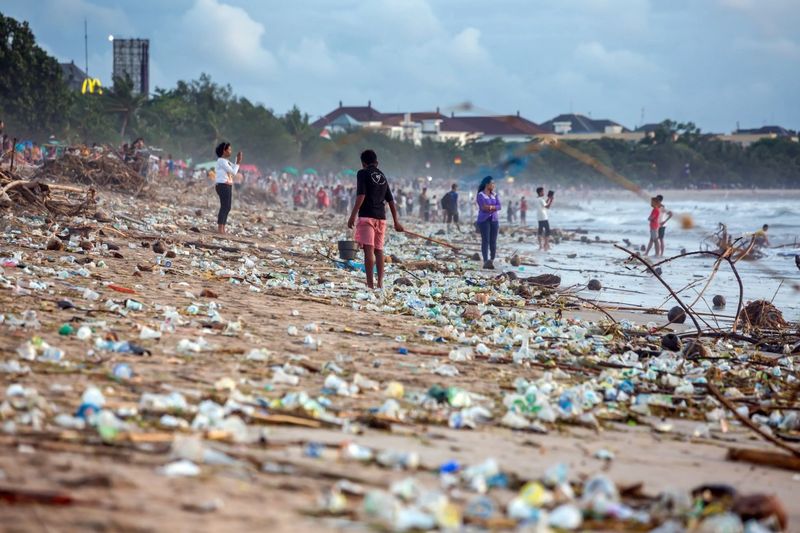
Paradise has been paved over with infinity pools and smoothie bars. Bali’s once-pristine beaches now regularly make headlines for plastic pollution and sewage problems. The island’s infrastructure has failed to keep pace with tourism growth, resulting in traffic gridlock that can turn a 5-mile journey into a 3-hour ordeal.
Religious and cultural sites have implemented strict dress codes and behavior policies after numerous incidents of disrespectful tourist conduct went viral. Many areas have lost their authentic charm to generic tourist developments. Climate change has also affected Bali’s famous rice terraces, with irregular rainfall patterns disrupting both their beauty and productivity.
10. Phuket, Thailand
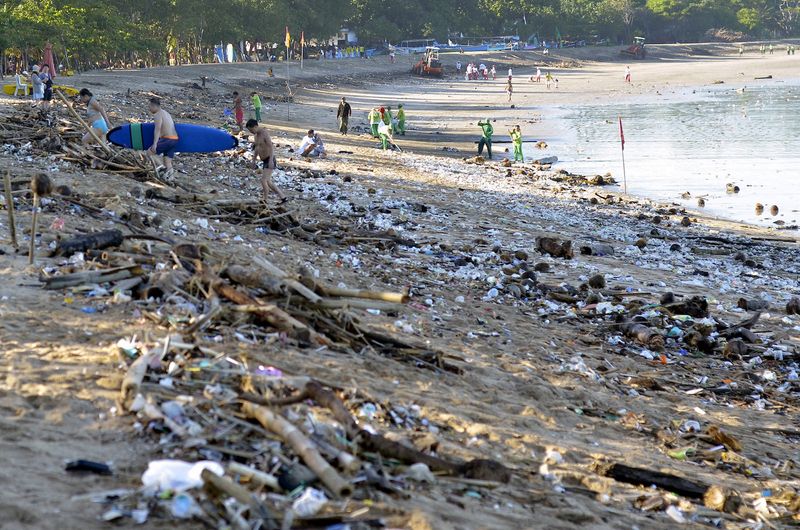
Mass tourism has transformed Phuket from a tropical paradise into what locals now call a “farang factory.” Beach quality has deteriorated dramatically, with erosion and pollution affecting even previously pristine areas. Many visitors report feeling unsafe due to increasing scams targeting tourists.
Climate change has made weather patterns unpredictable, with the once-reliable dry season now frequently interrupted by unseasonal monsoons. Coral bleaching has devastated the underwater attractions that once made Phuket a diving mecca. The authentic Thai experience has largely disappeared from tourist areas, replaced by a homogenized international resort culture that could exist anywhere in the world.
